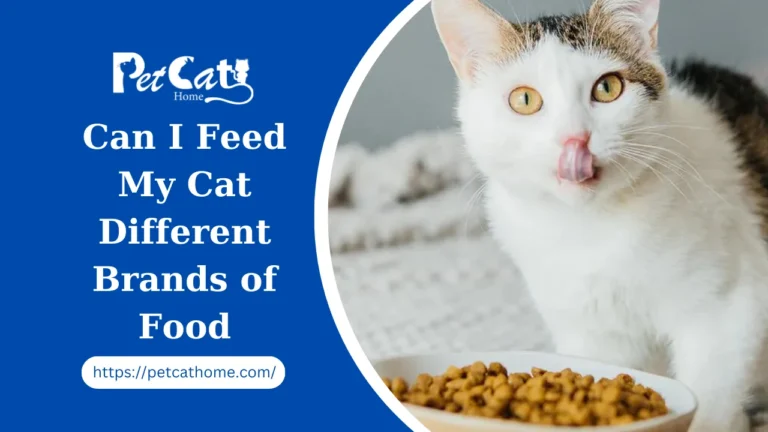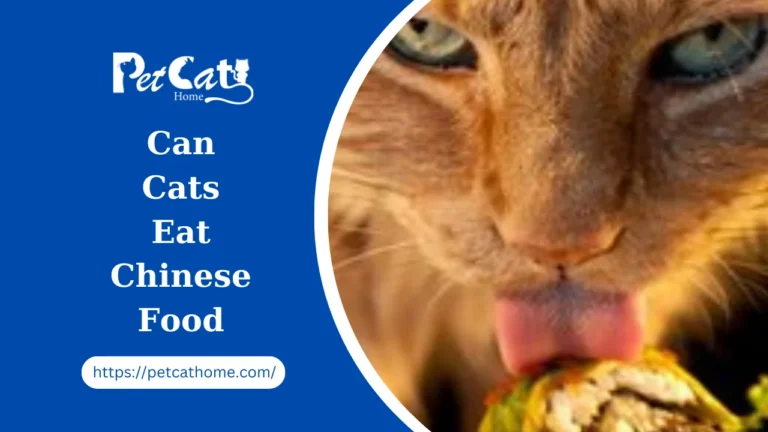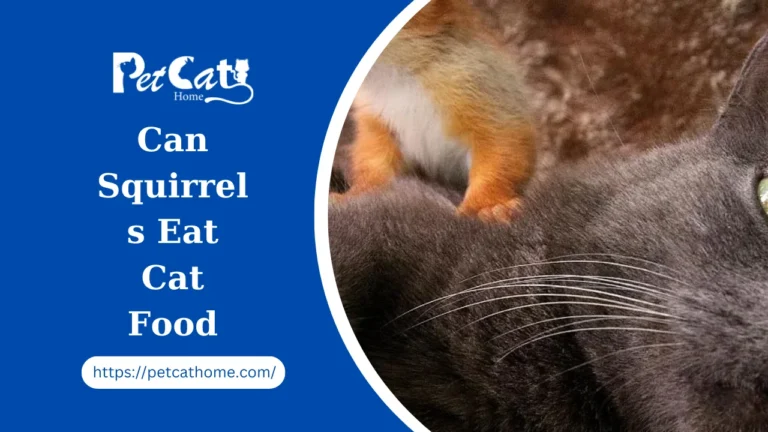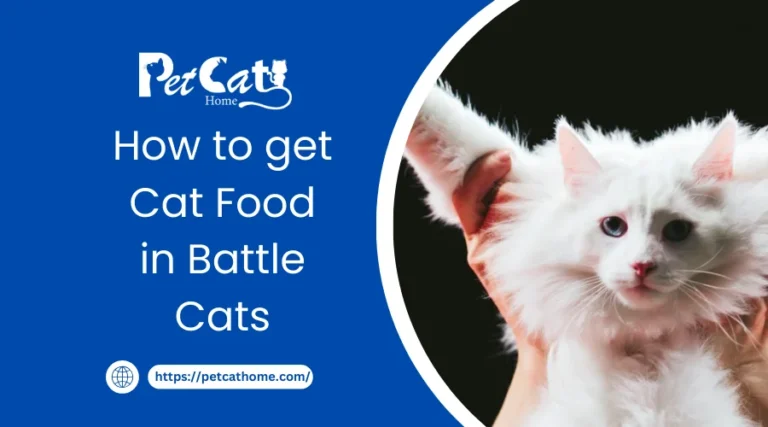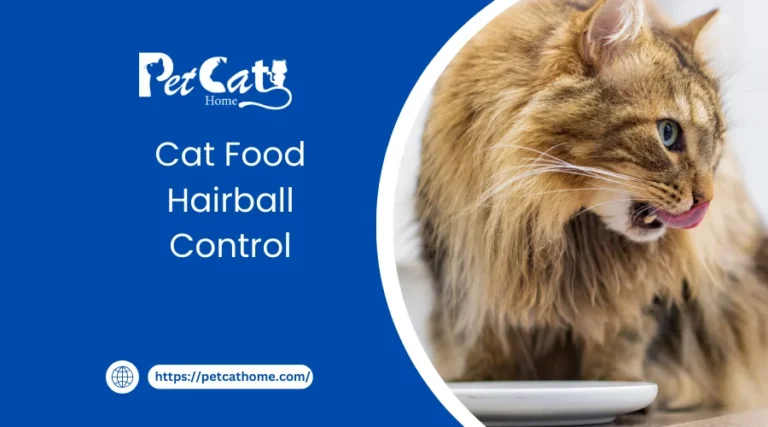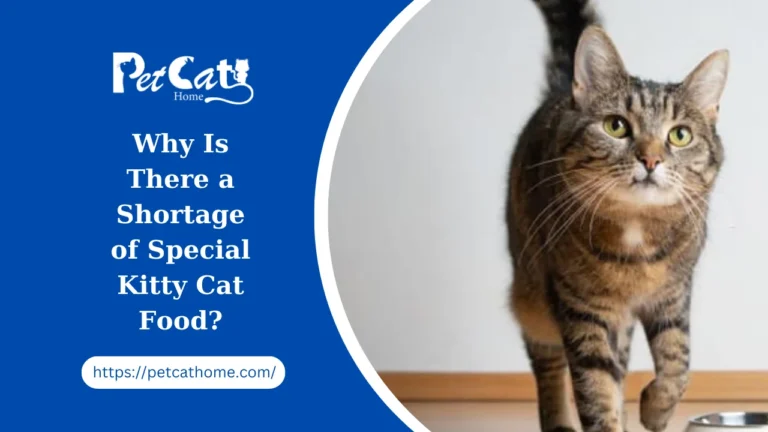Cat Food For Hairball complete guide
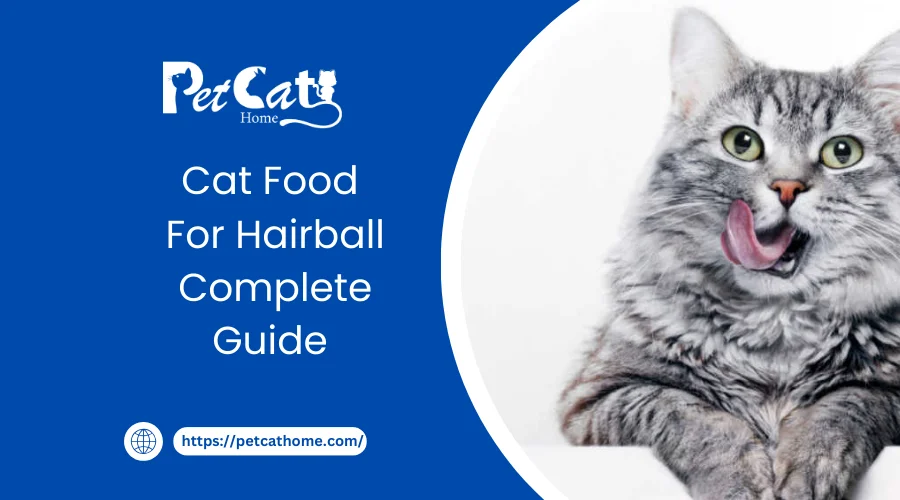
Cat hairballs are a prevalent pet owner issue in the field of pet care. They can be very irritating because of the discomfort they provide cats and the mess they make in the house. However, you may drastically lower, if not eliminate, your feline friend’s likelihood of developing hairballs with the appropriate approach to cat food management. We explore the significance of a healthy diet in this in-depth guide, as well as how high-quality cat food can significantly reduce hairball problems.
Before we get into the fix, it’s important to know what hairballs are and why cat food gets them. Hairballs, sometimes called trichobezoars, are hair accumulations in the intestines or stomachs of cats. Cat food that grooms themselves can swallow stray hair that goes through the digestive system because it cannot be broken down. This hair may gather and eventually form a hairball.
The Role of Diet in Hairball Prevention
Cat food hairball management heavily depends on diet. You can successfully lessen the frequency of hairball regurgitation by giving your cat nutrient-rich cat food chow that has been specially prepared to address hairball difficulties. How to do it is as follows:
High-Quality Ingredients
As the main source of protein, choose cat food manufactured with premium components like actual meat, chicken, or fish. Steer clear of fillers and by-products, as they don’t provide much nutrition and can cause hairballs.
Fiber Content
Include foods high in fiber in your cat’s diet. Fibre can facilitate the transit of hair through the digestive tract and lessen the chance of hairball production by supporting regular bowel motions and healthy digestion.
Moisture Content
Offer your cat food that is high in moisture content or add wet cat food to their diet to make sure they get enough to drink. Maintaining adequate water can lubricate the digestive tract, facilitating the passage of hairballs through the system.
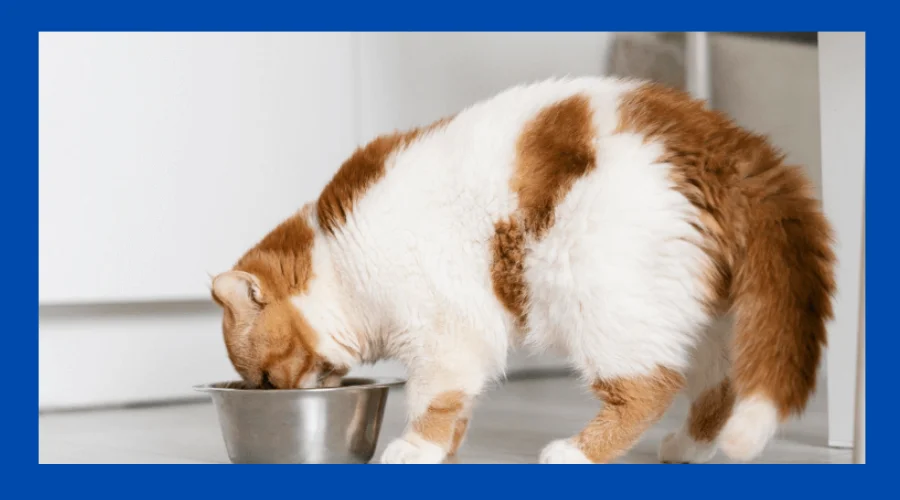
Choosing the Right Cat Food for Hairball Prevention
Look for foods that are specially developed for hairball control when choosing cat food to handle hairball issues. Typically, these formulae include an important blend of nutrients, including omega-3 fatty acids and digestible fibers, to promote healthy digestion and prevent the production of hairballs.
Key Ingredients to Look For
- Psyllium Husk: A fiber found in nature that aids in regular bowel motions and the removal of hairballs.
- Omega-3 Fatty Acids: Found in fish oil, these fatty acids promote healthy skin and coat function while lowering excessive shedding and the development of hairballs.
- Prebiotics and probiotics: These good bacteria support a balanced flora in the gut, which helps with digestion and lessens gastrointestinal problems, such as hairballs.
Feeding Tips for Hairball Control
Using feeding techniques, in addition to choosing the appropriate cat food, can help reduce hairballs:
Portion Control
Make sure the portion sizes you feed your cat are adequate for their age, weight, and activity level. Overeating can result in obesity, which can make hairball problems worse.
Regular Grooming
The amount of loose hair your cat food ingests while grooming themselves can be reduced with regular grooming sessions. Daily brushing will greatly minimize shedding and the development of hairballs in your cat’s coat.
Additional Tips for Hairball Prevention
In addition to nutrition and hygiene practices, the following actions can help minimize the development of hairballs:
Environmental Enrichment
Give your cat food lots of opportunities for environmental enrichment to promote healthy habits and lower stress levels. Stress can worsen grooming habits, which increases the intake of hair and the development of hairballs. Perches, interactive toys, and scratching posts are examples of enrichment activities that can help keep your cat happy and mentally engaged.
Regular Exercise
To enhance general health and well-being, encourage frequent exercise. In addition to supporting digestive health and lowering stress levels, physical activity also helps maintain a healthy weight, all of which can help avoid hairballs. Set aside time each day for your cat food and yourself to play with toys that promote mobility and exercise.
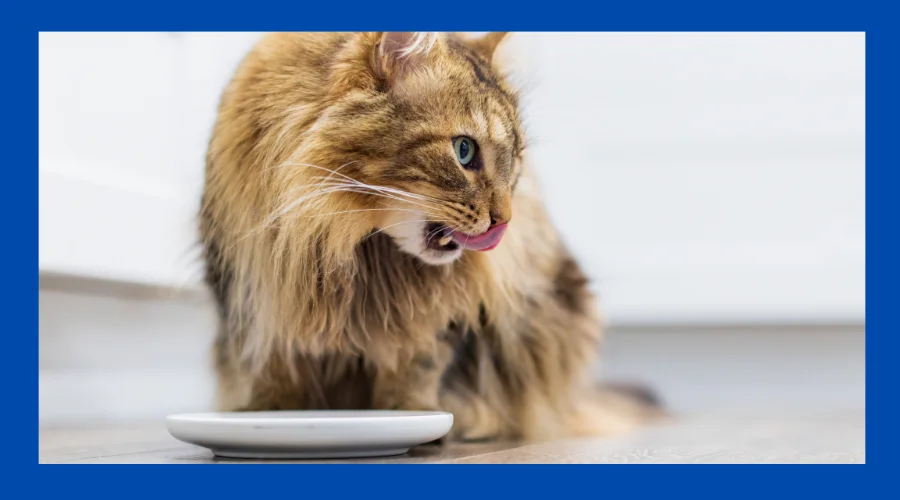
Hairball Remedies
Think about including hairball control treats or supplements in your cat’s regimen as cures for hairballs. These products frequently include mineral oil or petroleum jelly, which lubricate the digestive tract and make it easier for hairballs to pass through. For advice on safe and efficient ways to treat your cat’s hairballs, speak with your veterinarian.
The 6 Best Cat Foods For Hairball Control
Although hairballs, sometimes called trichobezoars (pronounced trike-oh-bee-zohrs), are thought to be a typical cat peculiarity, they reveal more about your cat’s digestive health than you may think.
When your cat ingests more hair than usual after grooming, it may be a sign of an underlying skin issue, allergy, or poor food. Chronic hairballs might occur more frequently than once or twice a month. This article will explain the connection between hairballs and diet, as well as which foods may help minimize your cat’s hairball problems.
Are Hairballs Normal, and What Do They Have To Do With Diet?
Until Ingrid King, a veterinary writer and the founder of ConsciousCat.net, noticed the differences in her cats’ raw and vet-recommended kibble, she assumed that hairballs were a common occurrence.
Despite receiving frequent doses of petroleum-based hairball therapy, her first cat, Feebee, ate dry cat chow as prescribed by the veterinarian and had hairballs a few times a week. Following her education in feline nutrition, King fed her two cats, Buckley and Amber, a grain-free canned food. Yakking up a hairball became uncommon after the switch.
And Allegra and Ruby, Ingrid’s present-day cats? Raised on a raw diet, the two torties had never thrown up a hairball when Ingrid wrote about them in 2012.
This narrative may be nothing more than a series of coincidences, but it may also provide light on the relationship between hairballs and intestinal health.
Normally, hairballs exit your cat’s body through their feces after passing through the intestines. A trichobezoar may arise if the hairs in the stomach fuse with the fat if this migration is disrupted or delayed. This usually sets off retching, which pushes the bulk up and out of your cat’s mouth and via the esophagus.
Any time a hairball “comes up” in this way, there’s a problem with the digestive system. The following unexpected claim is made by Gary D. Norsworthy, DVM, in an article that appears in Veterinary Practice News:
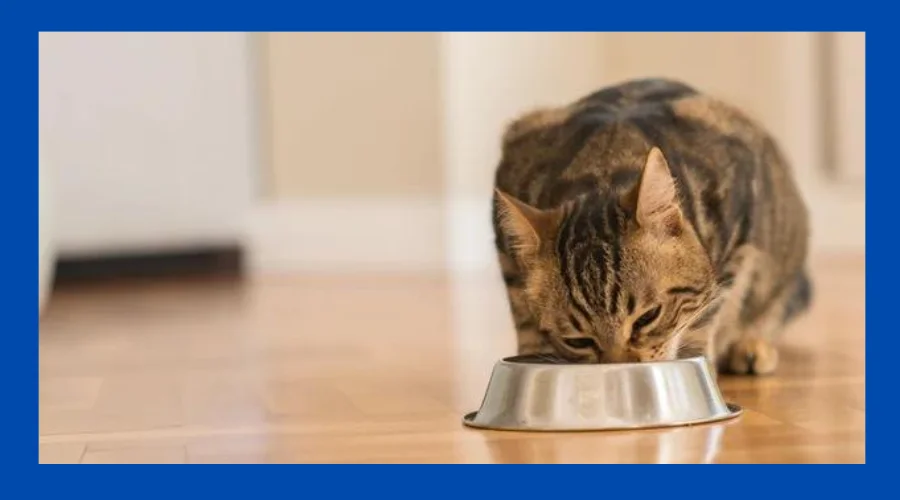
Top 6 Best Cat Foods For Hairballs Reviewed
Overall Best: Smalls Ground Bird Fresh Cat Food
This fresh cat food from Smalls is our top pick for cats who have trouble with hairballs because it is largely made with animal proteins that are suited for the species and have very few carbohydrates. Additionally, it’s a dish with just one protein, so cats with dietary allergies might find it suitable. Smalls also has recipes using turkey, beef, or seafood, in case your cat is intolerant to chicken.
The majority of the 48% protein content (measured as dry matter) in this recipe comes from chicken liver and muscle meat. Omega-3 fatty acids from animal sources, such as cod liver oil, have anti-inflammatory and potential benefits for skin and coat health.
All things considered, this dish gives cats of all ages nutrition suitable for carnivores. It is hydrating due to its high moisture content and is readily absorbed by most felines. For cats who would rather eat pate than minced food, Smalls Smooth Bird might be a better option.
Ingredients
Green beans, chicken, and chicken liver, Enough Water for Processing, Dry yeast, tricalcium phosphate, calcium chloride, magnesium proteinate, potassium chloride, calcium chloride, dandelion greens, dried kelp, taurine, zincc, iron, and cod liver oil proteinates, as well as salt, niacin, vitamin E, vitamin A, copper, manganese, and manganese proteinates, thiamine mononitrate, D-calcium pantothenate, pyridoxine hydrochloride, vitamin D3, riboflavin, vitamin B12, folic acid, sodium selenite, and biotin.
Items We Liked: Cod Liver Oil, Chicken Liver, and Chicken
Ingredients We Found Unappealing: Not one
Guaranteed Analysis
Crude Protein:13% Crude Fat:8.5%
Crude Fiber:1.5% Moisture:73%
Dry Matter Basis
Protein:48.15% Fat:31.48%
Fiber:5.56% Carbs:14.81%
Caloric Weight Basis
What We Liked:
High in moisture-hydrating content and animal protein
Cod liver oil offers omega-3s derived from animals.
extremely low level of carbohydrates
Most cats find it easier to chew on minced texture.
What We Didn’t Like:
Exclusively offered as a subscription plan
Only via text and email; no phone assistance
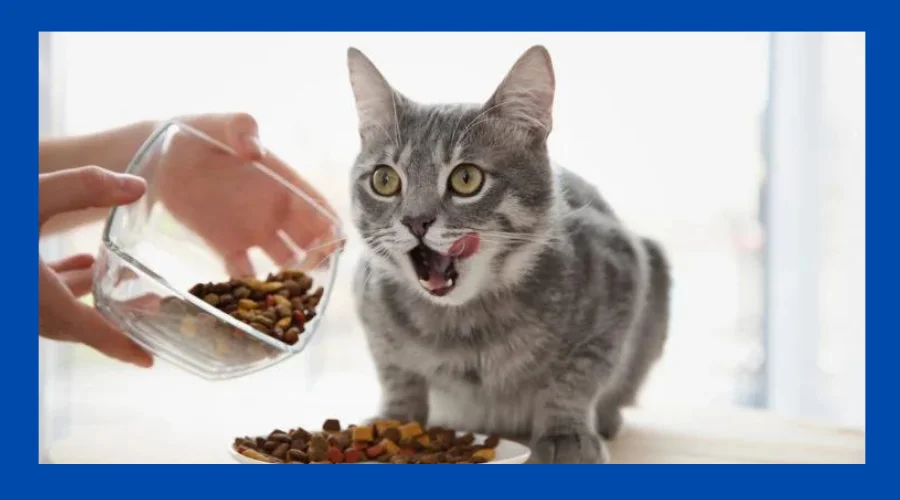
Runner Up: Tiki Cat Koolina Luau Chicken with Egg in Chicken Consomme Grain-Free Canned Cat Food
There are a few things about this simple recipe from Tiki Cat that may benefit your cat who is prone to hairballs.
Should digestive problems be the source of your cat’s hairballs, you may find this recipe’s ease of preparation and digestion to be rather helpful. This recipe is all on the meat, unlike some that focus on plant protein that is low in value. A species-appropriate source of protein and nutrients, chicken takes center stage and dwarfs all other inclusions.
Food that contains chicken, of course, is always subject to warnings. For cats who have a verified allergy to chicken, it is not a good option, and it is not a good choice for cats with suspected food allergies. One of the most prevalent food allergies in cats is chicken, which is found in a lot of cat food.
Given that it contains dried eggs, this dish is a
source of the nutrients lecithin and choline that aid in preventing hairballs.
The use of sunflower seed oil rather than lipids derived from animals is a drawback. Cats can optimally metabolize lipids derived from animals, such as fish oil and chicken fat.
Ingredients
Sunflower seed oil, chicken broth, dried egg, tricalcium phosphate, choline chloride, potassium chloride, taurine, magnesium, zinc, and iron sulfates, iron sulfate, vitamin E supplement, niacin (vitamin B3), biotin, copper sulfate, vitamin B12 supplement, sodium selenite, thiamine mononitrate (vitamin B1), calcium pantothenate, manganese sulfate, vitamin D3 supplement, vitamin A supplement, riboflavin supplement (vitamin B2), pyridoxine hydrochloride (Vitamin B6), potassium iodide, folic acid, and vitamin K3 supplement.
Guaranteed Analysis
Crude Protein:15% Crude Fat:3% Moisture:79%
Dry Matter Basis
Protein:71.43% Fat:14.29% Carbs:14.29%
Caloric Weight Basis
Protein:59.32% Fat:28.81% Carbs:11.86%
What We Liked:
Easy to make,
very digestible meal
with a small number of ingredients
includes egg hydration
What We Didn’t Like:
contains fat derived from plants;
pricey
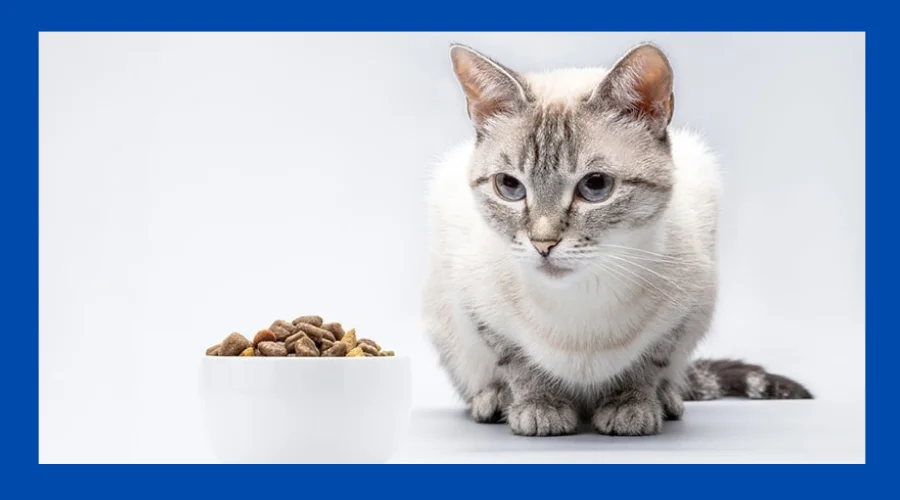
Value Pick: Nulo Freestyle Turkey & Chicken Recipe Grain-Free Canned Cat & Kitten Food
Selecting meals with a high reputation among cats with GI issues is a smart idea, as recurring hairballs might be an indicator of digestive problems. That’s the kind of reputation this Nulo turkey and chicken pate enjoys.
The main ingredients are tuna fish and the meats of turkey and chicken. For cats with dietary allergies or sensitivities, the variety of protein sources in this food may present a challenge. However, this meal performs well in taste testing and appears to calm the digestive tract for cats who do not have any food allergies or sensitivities.
The meal includes pumpkin, which is frequently suggested as a remedy for hairballs, along with small amounts of other plant-based substances.
Ingredients
Turkey, Chicken, Turkey Liver, Turkey Broth, Tuna, Natural Flavour, Guar Gum, Potassium Chloride, Agar Agar, Choline Chloride, Taurine, Cranberries, Pumpkin, Menhaden Fish Oil (Preserved With Mixed Tocopherols), Tomato, Dried Kelp, Yucca Schidigera Extract, Salt, Iron Proteinate, Sodium Carbonate, Zinc Proteinate, Thiamine Mononitrate, Vitamin E Supplement, Magnesium Sulphate, Copper Proteinate, Manganese Proteinate, Sodium Selenite, Niacin Supplement, d-Calcium Pantothenate, Pyridoxine Hydrochloride, Vitamin A Supplement, Biotin, Potassium Iodide, Vitamin D3 Supplement, Vitamin B12 Supplement, Folic Acid, Rosemary Extract.
Guaranteed Analysis
Crude Protein:11% Crude Fat:6.5%
Crude Fiber:0.75% Moisture:78%
Dry Matter Basis
Protein:50% Fat:29.55%
Fiber:3.41% Carbs:17.05%
Caloric Weight Basis
Protein:36.02% Fat:51.7% Carbs:12.28%
What We Liked:
hydrating food in cans
well-liked by cats that have stomach problems
includes pumpkin, which could aid in lowering hairballs.
Cheaper than similar foods
What We Didn’t Like:
has a certain amount of plant content.
many sources of protein
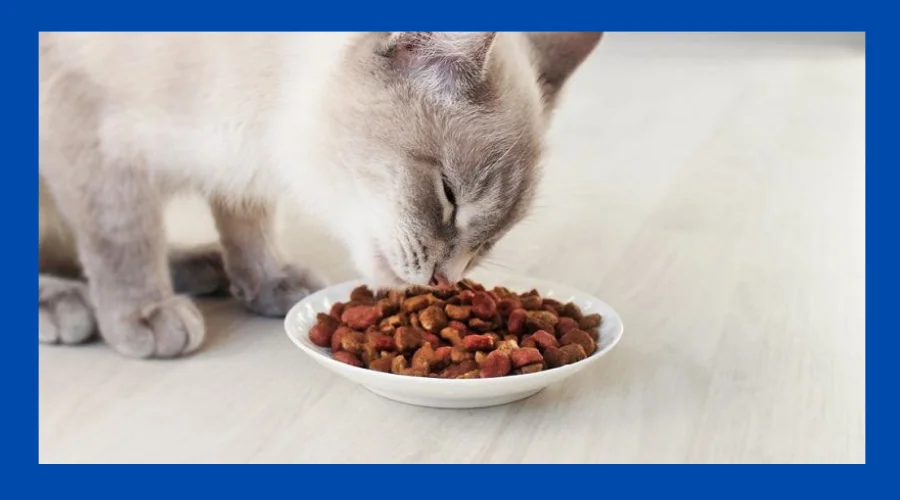
Best Canned Cat Food: Hound & Gatos Turkey & Turkey Liver Canned Cat Food
With its construction based on what the manufacturer refers to as a Palaeolithic feeding model, this meal is especially well-liked by cats suffering from inflammatory bowel disease and other digestive problems.
This is a one-source meal with few ingredients that contain animal protein. Turkey is a wonderful substitute for chicken and isn’t one of the top allergies for cats.
The recipe, which calls for turkey meat, organs, and broth along with binders and additives, is among the easiest to find. There are no fruits or veggies in it. This translates to easy digestion and hopefully fewer hairballs for an obligatory carnivore.
Some reviews claim that the pâté has an odd, solid texture and that their cats didn’t enjoy eating it, although few contest the food’s nutritional value.
Ingredients
Turkey Liver, Turkey Broth, and Turkey Calcium carbonate, potassium chloride, agar-agar, choline chloride, taurine, salt, iron proteinate, zinc proteinate, manganese proteinate, copper proteinate, magnesium proteinate, sodium selenite, calcium iodate, thiamine mononitrate, vitamin E supplement, calcium pantothenate, pyridoxine hydrochloride, riboflavin supplement, biotin, vitamin A supplement, vitamin B12 supplement, vitamin D3 supplement, and folic acid have all been mentioned.
Guaranteed Analysis
Crude Protein:10% Crude Fat:8.5%
Crude Fiber:1% Moisture:78% Ash:2.5%
Dry Matter Basis
Protein:45.45% Fat:38.64% Fiber:4.55%
Caloric Weight Basis
Protein:32.63% Fat:67.37%
What We Liked:
Made from turkey, a tasty substitute for chicken;
a small list of ingredients
incredibly palatable
What We Didn’t Like:
Some cats find the texture or flavor unpleasant.
Among the most costly foods available
Cat Food For Hairball complete guide
FAQs
What is a hairball exactly?
hairball, sometimes referred to as a trichobezoar, is a hair mass that develops in the intestines or stomach of a cat. Usually, cats who groom themselves end up eating loose hair, which builds up over time and cannot be digested.
Do hairballs pose a health risk to my cat?
Hairballs are a common and usually harmless byproduct of a cat’s grooming habits. On the other hand, recurring or regular regurgitation of hairballs may point to underlying medical conditions that need to be treated by a veterinarian, such as gastrointestinal problems or excessive shedding.
What symptoms indicate a hairball in my cat?
Your cat may be experiencing a hairball if it is gagging, retching, making hacking noises, or vomiting up cylinders of hair. Along with decreased appetite, lethargy, or constipation, some cats may experience hairball obstruction.
Are some cats more likely than others to get hairballs?
Cats of all coat lengths groom themselves and can choke on hair, but long-haired breeds may be more prone to hairballs because of their thick coats. Other variables that can affect the frequency of hairballs include age, personal hygiene practices, and underlying medical issues.
How can I keep my cat from getting hairballs?
A multifaceted strategy is needed to prevent hairballs, including environmental enrichment, frequent grooming, and a healthy diet. Pick a premium cat food that is designed to minimize hairballs, give your cat regular brushing to cut down on shedding, and give them lots of opportunities for mental and physical engagement.
Conclusion
Many cat owners find hairballs to be an annoyance, but you may lessen their negative effects on your pet’s health and well-being by providing proper nourishment and care. You may help your cat live a happier, healthier life free from the discomfort of hairballs by selecting high-quality cat food that is intended for hairball control, putting feeding methods into place, and continuing regular grooming procedures.
